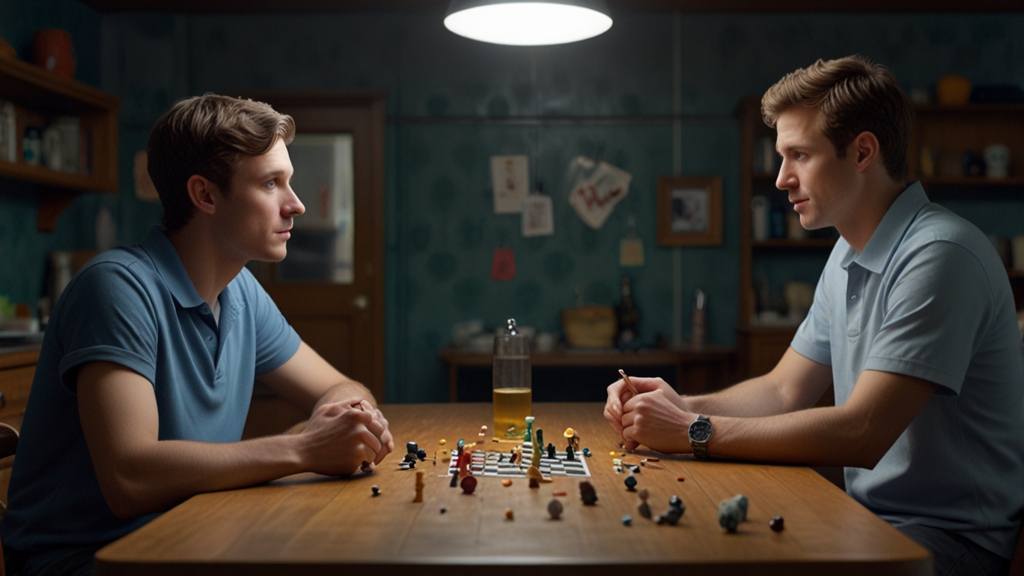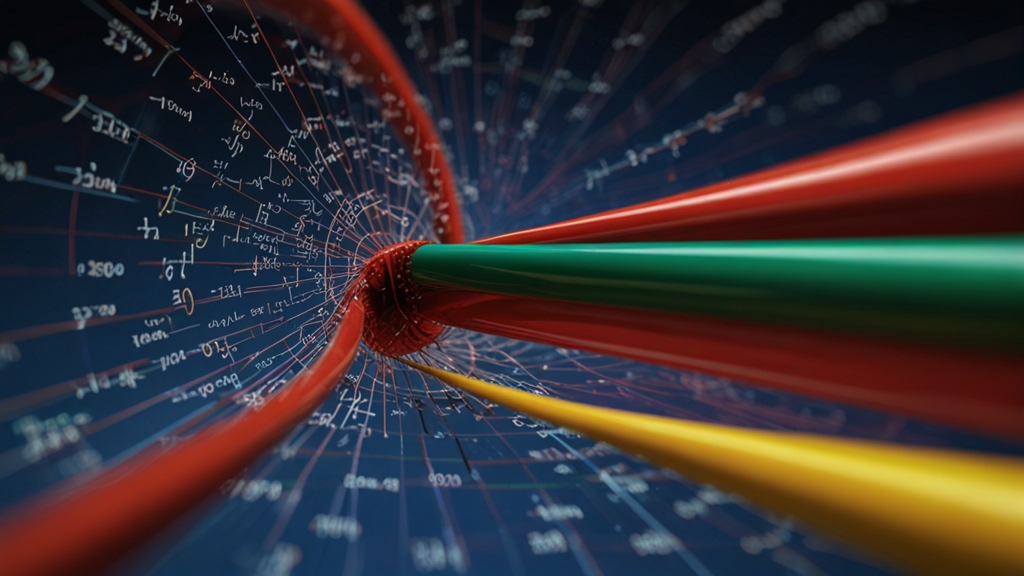Vietnam War Art: How Creativity Rose from the Ruins of Conflict
The Vietnam War is often recounted through the lens of political turmoil, military strategy, and the harrowing impact it had on the soldiers and civilians involved. However, amid the destruction and despair, a profound wave of creativity emerged. Art became a significant medium for expressing the complex emotions and reflections of individuals affected by the war. This article seeks to explore how creativity blossomed from the ruins of conflict during the Vietnam War.
The Birth of a Unique Artistic Expression
The tumultuous atmosphere of the Vietnam War engendered a new form of artistic expression that was both poignant and cathartic. Artists, soldiers, and civilians alike turned to various art forms to process their experiences and convey the unspoken realities of war. This period saw a surge in paintings, music, literature, and cinema, each work uniquely capturing the essence of the conflict.
Many artists used their canvases to depict the horrors of war, often employing bold colors and stark imagery to illustrate the chaos and devastation. These works served as both a personal outlet for the artists and a powerful statement against the war, challenging societal perceptions and fostering a sense of shared experience and empathy.
Art as a Form of Protest
Art during the Vietnam War era was not only a tool for personal expression but also a means of protest. Many artists used their work to convey anti-war sentiments, criticizing the policies and actions of those in power. This form of artistic rebellion became particularly prominent in the United States, where the counterculture movement embraced art as a way to voice dissent and advocate for peace.
"Impressionists like Trinh Cung and Nguyen Tu Nghiem broke away from traditional Vietnamese art forms, developing a modern style that portrayed the war's impact on Vietnamese society. Their works were not only reflections of personal trauma but also powerful indictments of the social and political turmoil inflicted by the conflict."
Musicians and poets also played a vital role in the anti-war movement. Songs like Bob Dylan's "Blowin' in the Wind" and poems by writers such as Yusef Komunyakaa became anthems of resistance, immortalizing the spirit of protest and the desire for peace.
The Healing Power of Creativity
For many individuals, creating art during and after the Vietnam War was a way to heal from the psychological scars left by the conflict. Art therapy programs were established for veterans, offering a safe space for them to express their emotions and begin the process of recovery.
Vietnamese poet and activist Bao Ninh, a former North Vietnamese soldier, used his literary talents to explore the human cost of the war. His novel, "The Sorrow of War," delves into the emotional wounds of veterans, providing a deeply personal perspective on the long-lasting effects of the conflict.
"Through storytelling, veterans can confront their trauma, make sense of their experiences, and ultimately find a path to healing. Art offers a unique avenue for this process, allowing individuals to communicate their pain in a way that transcends the limitations of language."
Vietnamese artists who lived through the war also turned to traditional forms of art such as painting, sculpture, and folk music to preserve their cultural heritage and cope with their experiences. This dual purpose of preservation and healing underscored the resilience of the human spirit in the face of adversity.
The Legacy of Vietnam War Art
The art produced during the Vietnam War period continues to resonate with contemporary audiences, serving as a powerful reminder of the conflict's impact on humanity. These works offer invaluable insights into the emotional and psychological dimensions of war, challenging us to reflect on our own experiences and the world around us.
Galleries and museums worldwide now showcase Vietnam War art, ensuring that these powerful expressions of creativity and resilience are preserved for future generations. By revisiting these works, we are reminded of the human capacity to find beauty and meaning even amidst the ruins of conflict.
"In the face of destruction, art has the unique ability to reconstruct, to shape new narratives, and to offer hope. The legacy of Vietnam War art is a testament to the enduring power of creativity to rise from the ashes of devastation."
As we continue to grapple with the complexities of war and peace, the art that emerged from the Vietnam War serves as a poignant reminder of our shared humanity and the transformative power of creative expression.










